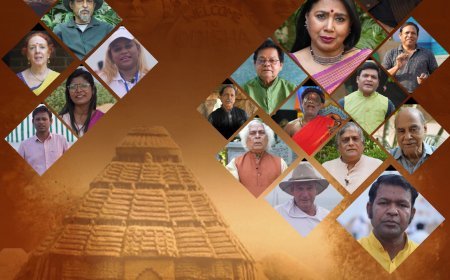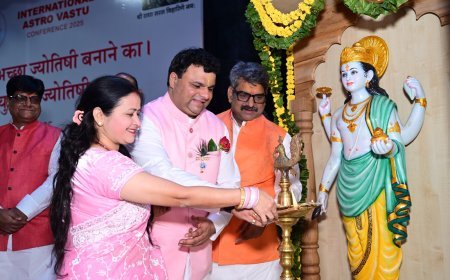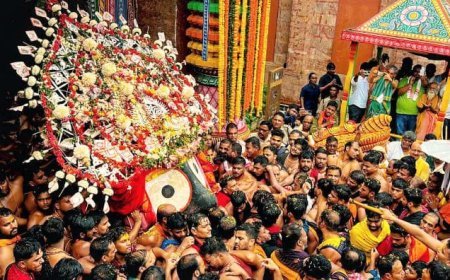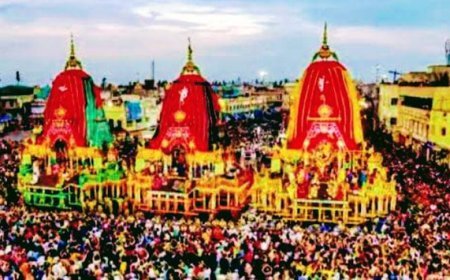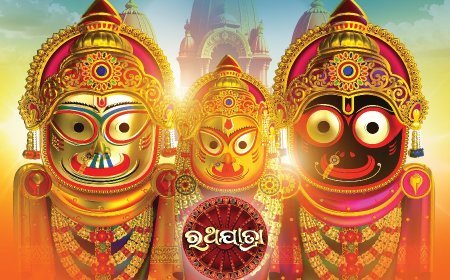Today is Savitri Amavasya

Today is Savitri Amavasya. On this occasion, I remember Sri Aurobindo and his epic poem Savitri. I am familiar with Sri Aurobindo and his literary work Savitri, and I wish to elaborate on his perspective from my own point of view.
However, I find it challenging to fully grasp Sri Aurobindo's vision, as it is profound and complex.
Sri Aurobindo (1872–1950) stands as a monumental figure in India's history, seamlessly blending the roles of revolutionary, philosopher, poet, and spiritual visionary . His multifaceted legacy offers profound insights into personal transformation, national identity, and humanity's spiritual evolution . Here's how we can remember and honor him:
From Revolutionary to Spiritual Visionary
Born in Kolkata and educated in England, Sri Aurobindo initially engaged deeply in India's struggle for independence . He was a prominent leader in the early nationalist movement, advocating for complete liberation from British rule . However, following his arrest and subsequent acquittal in the Alipore Bomb Case, he retreated to Pondicherry (now Puducherry) in 1910 . There, he embarked on a profound spiritual journey, developing his philosophy of Integral Yoga, which seeks the transformation of human life into a divine existence .
Literary and Philosophical Contributions
Sri Aurobindo's writings encompass a vast array of subjects, reflecting his deep engagement with spirituality, philosophy, and human potential . Notable works include:
The Life Divine: Explores the philosophical foundations of spiritual evolution .
The Synthesis of Yoga: Details the principles and practices of Integral Yoga .
Savitri: An epic poem of nearly 24,000 lines, portraying the soul's journey and transformation .
These works continue to inspire individuals seeking a deeper understanding of consciousness and the potential for human transformation .
A Vision for India's Role in the World
Sri Aurobindo envisioned India not merely as a political entity but as a spiritual leader for the world . He believed that India's spiritual heritage could guide humanity towards a higher consciousness and unity . This vision remains relevant today, as India continues to navigate its role on the global stage .
Commemorating His Legacy
To honor Sri Aurobindo's enduring impact, consider the following:
Study His Works: Engage with his writings to gain insights into his philosophy and vision .
Visit Auroville or the Sri Aurobindo Ashram: Experience communities dedicated to his teachings and the practice of Integral Yoga .
Reflect on Personal Transformation: Contemplate how his teachings on self-evolution and consciousness can be applied in daily life .
As The Mother, his spiritual collaborator, aptly stated, "Let us strive to realise the ideal of life he has set before us" .
Remembering Sri Aurobindo involves more than recalling historical facts; it invites us to embark on a journey of inner transformation and to contribute to the collective evolution of humanity .
Sri Aurobindo’s Savitri: A Legend and a Symbol is a monumental epic poem of nearly 24,000 lines composed in blank verse. Drawing inspiration from a brief episode in the Mahabharata, Sri Aurobindo transforms the tale of Savitri and Satyavan into a profound spiritual and philosophical journey. The poem is structured into 12 books and 49 cantos, reflecting the depth and breadth of its exploration into human consciousness and evolution .
Core Narrative
At its heart, Savitri narrates the story of Princess Savitri, who marries Satyavan despite knowing he is destined to die within a year. When Death (Yama) arrives to claim Satyavan's soul, Savitri confronts him with unwavering resolve and spiritual strength. Her profound love and determination compel Death to restore Satyavan's life, symbolizing the triumph of the soul's aspiration over the inevitability of mortality .
Symbolism and Themes
Beyond the literal narrative, Sri Aurobindo imbues the poem with rich symbolism. Savitri represents the Divine Mother or Shakti, embodying transformative power and grace, while Satyavan symbolizes the human soul. Their union and trials reflect the soul's journey through ignorance and suffering towards enlightenment and divine realization. The poem delves into themes of love, fate, death, and the potential for human evolution through spiritual awakening .
Structure and Spiritual Journey
The epic is divided into three parts:
1. Books I–III: Focus on King Aswapati, Savitri's father, detailing his spiritual quest and aspirations for a higher consciousness.
2. Books IV–VIII: Chronicle Savitri's life, her meeting with Satyavan, and the deepening of their love.
3. Books IX–XII: Depict Savitri's confrontation with Death, her inner trials, and ultimate victory, leading to a vision of a transformed human destiny .
Philosophical and Yogic Dimensions
Sri Aurobindo intended Savitri not only as a poetic masterpiece but also as a guide to spiritual practice. The poem encapsulates his philosophy of Integral Yoga, illustrating the soul's ascent and the possibility of a divine life on earth. Through Savitri's journey, readers are invited to explore the depths of consciousness and the transformative power of spiritual realization .
In essence, Savitri is more than a retelling of an ancient legend; it is a profound exploration of the human spirit's capacity to transcend limitations and achieve divine consciousness.
Sri Aurobindo’s Savitri: A Legend and a Symbol imparts profound moral and spiritual lessons, transcending its narrative roots in the Mahabharata. The poem serves as a guide for personal transformation and spiritual evolution.
Core Moral Lessons from Savitri
1. Love and Spiritual Determination Transcend Fate Savitri's unwavering love and spiritual resolve enable her to confront and overcome Death itself. Her journey exemplifies how inner strength and divine connection can alter destiny.
2. The Soul’s Journey Toward Self-Realization The poem symbolizes the soul's quest to rise from ignorance to enlightenment. Savitri's trials mirror the challenges faced on the path to self-discovery and spiritual awakening.
3. Empowerment Through Inner Strength Savitri embodies true empowerment, not through external means, but via inner conviction and spiritual prowess. Her character challenges traditional notions of femininity, presenting a model of strength rooted in spiritual depth.
4. The Transformative Power of Consciousness Sri Aurobindo illustrates that by elevating one's consciousness, individuals can transcend limitations and partake in the divine transformation of the world.
Further Exploration
For those interested in delving deeper into the themes and teachings of Savitri, consider exploring the following resources:
Savitri by Sri Aurobindo: This edition offers the complete text of the epic poem, providing readers with the full scope of its spiritual and philosophical insights.
Savitri: A Legend and a Symbol: Another edition that presents the poem with annotations, facilitating a comprehensive study of its themes.
In essence, Savitri teaches that through unwavering love, inner strength, and spiritual aspiration, one can transcend destiny, conquer death, and achieve divine realization.
Sanjay Pattnayak
Sundargarh















